Native name 정선 Movement landscape painting Period Landscape painting | Name Jeong Seon | |
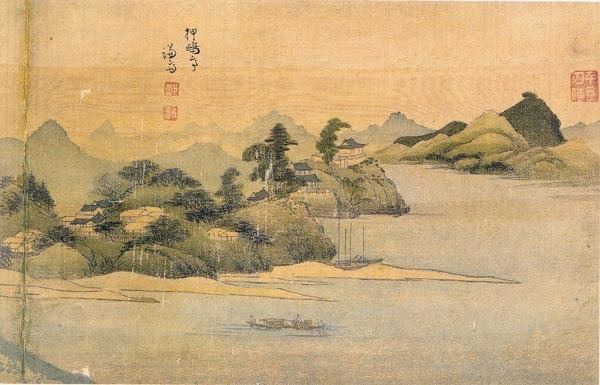 | ||
Born 16 February 1676 ( 1676-02-16 ) (modern-day) Cheongun-dong, 89-11, Cheongunhyoja-dong, Jongno-gu, Hanseong-bu, Kingdom of Joseon Notable work InwangjesaekdoGeumgang jeondo Died 1759, Cheongun-dong, Seoul, South Korea | ||
Jeong Seon (Korean: 정선) (1676–1759) was a Korean landscape painter, also known by his pen name Kyomjae ("humble study"). His works include ink and oriental water paintings, such as Inwangjesaekdo (1751), Geumgang jeondo (1734), and Ingokjeongsa (1742), as well as numerous "true-view" landscape paintings on the subject of Korea and the history of its culture. He is counted among the most famous Korean painters. The landscape paintings that he produced reflect most of the geographical features of Korea. His style is realistic rather than abstract.
Contents
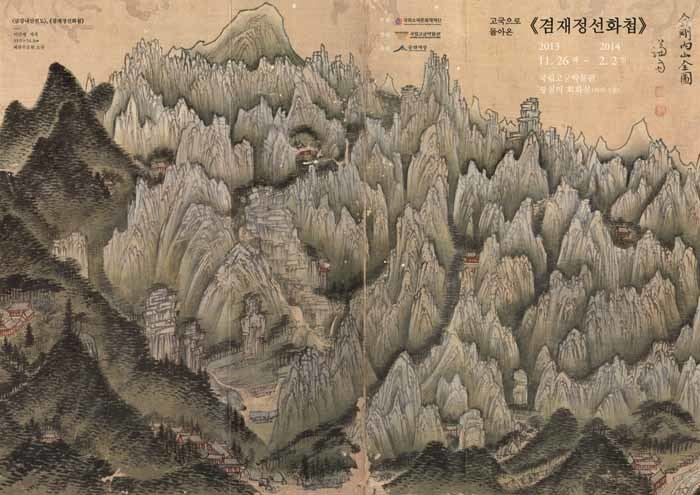
Biography
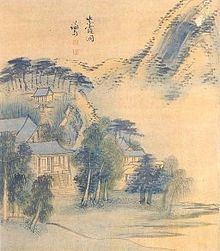
Jeong was born in the Jongno District of Seoul, in the Cheongun-dong neighborhood, in 1676. Unlike most painters of the time, he was not born into a wealthy family, but a poor yangban family. The eldest son of Jeong shi-ik (1638–1689), Jeong was born on the third day of the first lunar month in 1676 (equivalent to February 16 in the Gregorian calendar). He was a descendant of illustrious and gentry families. His family originally came from Kwangju. Jeong's cha was Wonbaek and his ho was Nangok. His best known pen name is Kyomjae, which he chose himself.
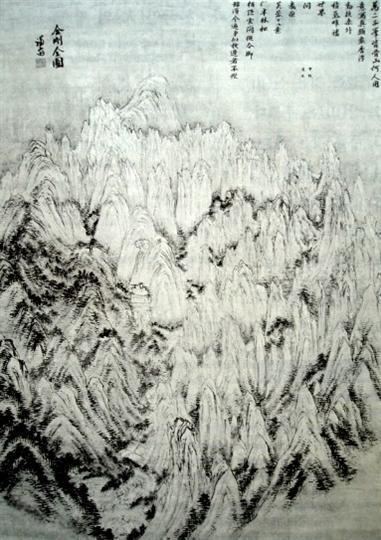
The poverty he experienced in his youth made him pursue his career as a painter. He was proficient at Zhou-I and astronomy, which he learned while serving as a Geomgyosu (兼敎授; professor extraordinaire). He worked at the Bureau of Painting creating landscapes for patrons and clients. In March 1716, at age 41, he started his tenure at a Geomgyosu of Gwansanggam (觀象監, Office for Observance of Natural Phenomena).
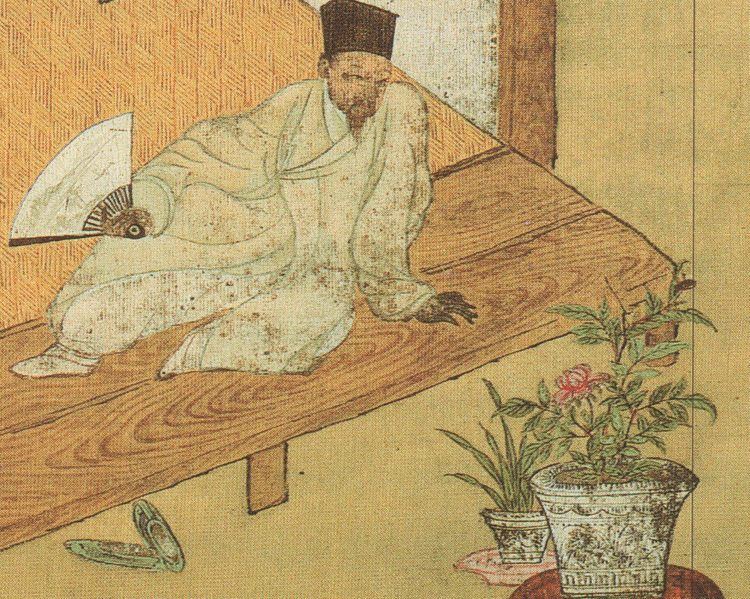
He was discovered by an aristocratic neighbour who recommended him to the court. He soon gained an official position. Jeong is said to have painted daily, with a prolific output until old age. He died on the 24th day of the third lunar month in 1759 (equivalent to April 20 in the Gregorian calendar).
Significance
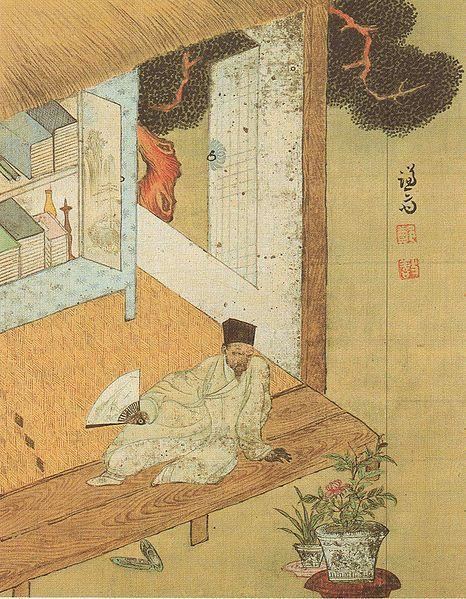
Jeong was one of the most famous Korean painters. He inspired other Korean artists to follow suit, leaving a lasting impact on Korean art of the Joseon era. He was the most eminent painter in the late Joseon Dynasty (1700–1850). Jeong explored the scenic beauty of the capital city of Hanyang (Seoul), the Han River, the Sea of Japan (East Sea), and the Diamond Mountain. He is the first painter of true-view Korean landscapes. Differing from earlier techniques and traditional Chinese styles, he created a new style of painting depicting the virtues of Korea.
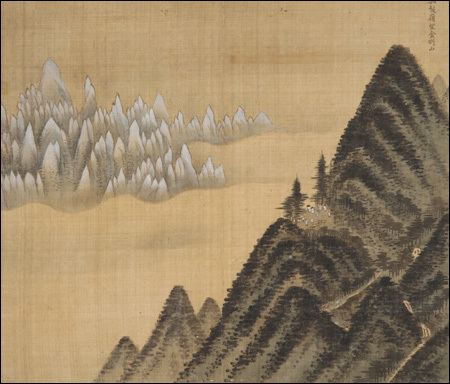
By the end of the decade, Jeong had developed his own, more realistic style, likely under the influence of the Sirhak movement. This set him apart from the then-prevailing Chinese literati tradition of idealised and abstract landscape art. His grandson, Jeong Hwang (䜁ό, 1737–?), displayed the true-view landscape style in addition to genre painting.
Style
Jeong was one of the few known Korean painters to depart from traditional Chinese styles. It is reported that he frequently left his studio and painted the world around him, as he could see it. His paintings are classified as Southern School, but he developed his own style by realistically portraying natural scenes such as mountains and streams with bold strokes of his brush.
A major characteristic of his work is intermixed dark and light areas, created by layers of ink wash and lines. His mountains are punctuated by forests, which in turn are lightened by mists and waterfalls. Vegetation is made from dots, a technique that bears the influence of Chinese painter Mi Fei (1052–1107). Jeong's style would influence generations of Korean artists, and become one of the iconic images of Korean nationalism.
